Drought damage in maize is more ansd more a common problem. Depending on the region and even within a single field, these range from slight drought to sometimes massive yield losses. The use of the silage additives BioCool or PlantaSil for ensiling is strongly recommended. Further tips for ensiling these crops are:
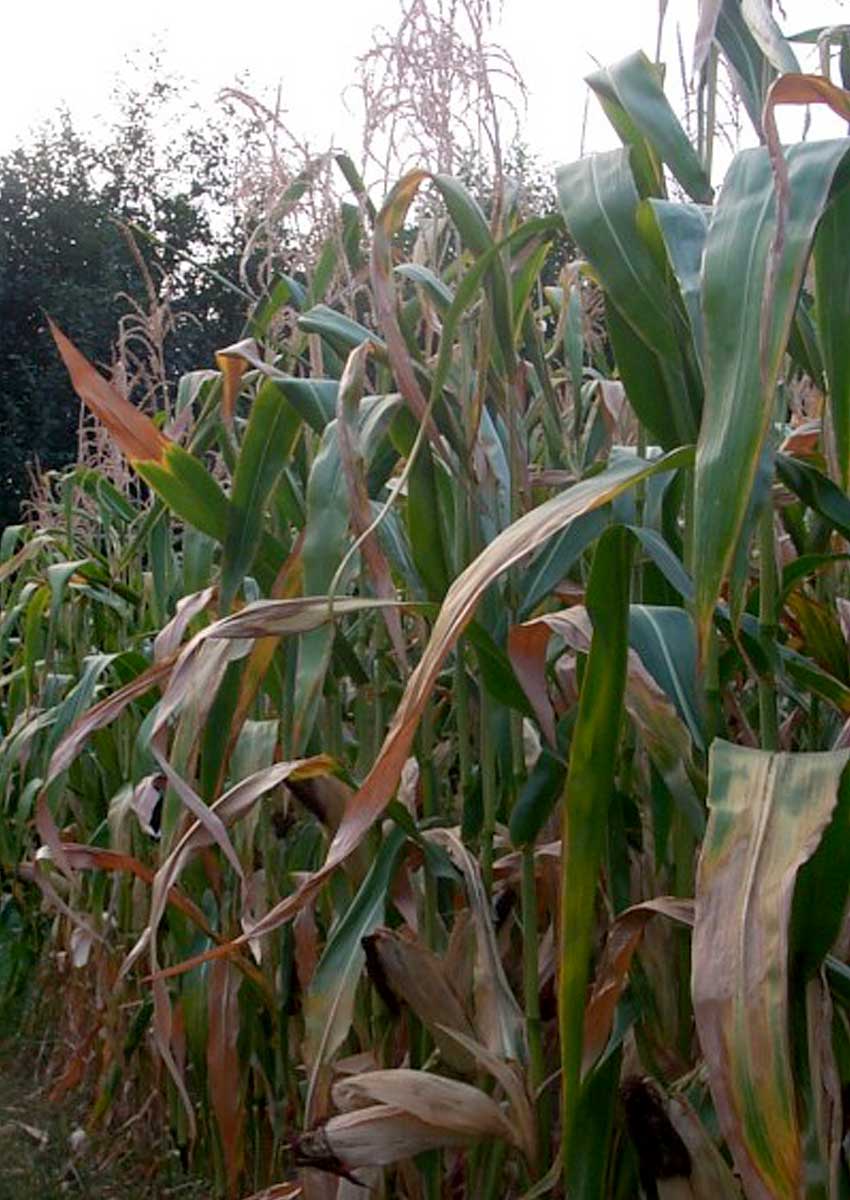
1. the residual plant of drought-damaged maize usually ripens faster, clearly visible by the dying of the lower leaves There is practically no more nutrient transport into the cob. These maize stocks should be ensiled in the whole plant from a dry matter content of 26 % DM. The longer the plants remain in the field now, the faster they straw. As a result, the feed value drops further and the risk of the silage produced from it heating up is no longer calculable.
2. in many plants there was no transfer of the sugar as starch in the cobs / grains due to lack of water and drought The sugar remains in the rest of the plant, which can be recognized by reddish-purple discoloration on the stems and leaves. Higher sugar contents at the beginning of silage making often result in higher residual sugar contents at the time of silage feeding out. This favours the growth of yeasts and moulds. The silage becomes warm and mouldy.
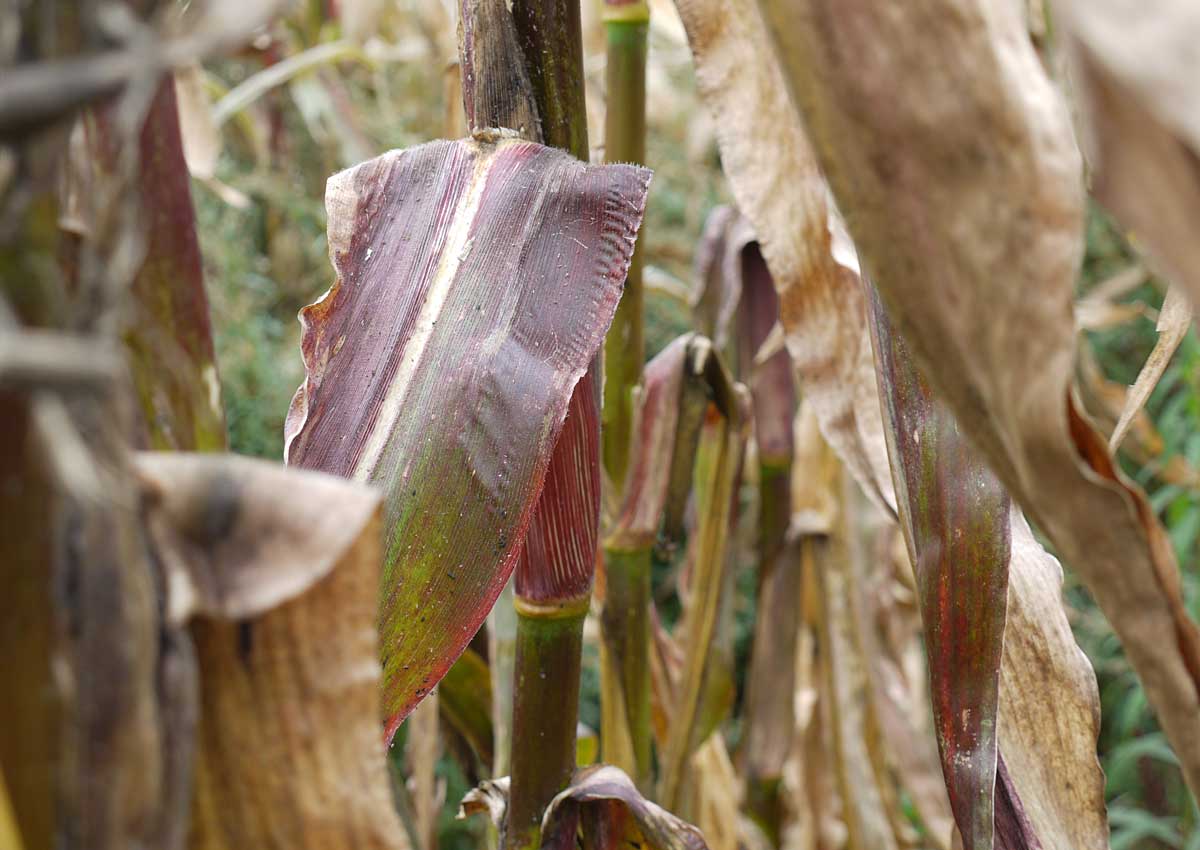
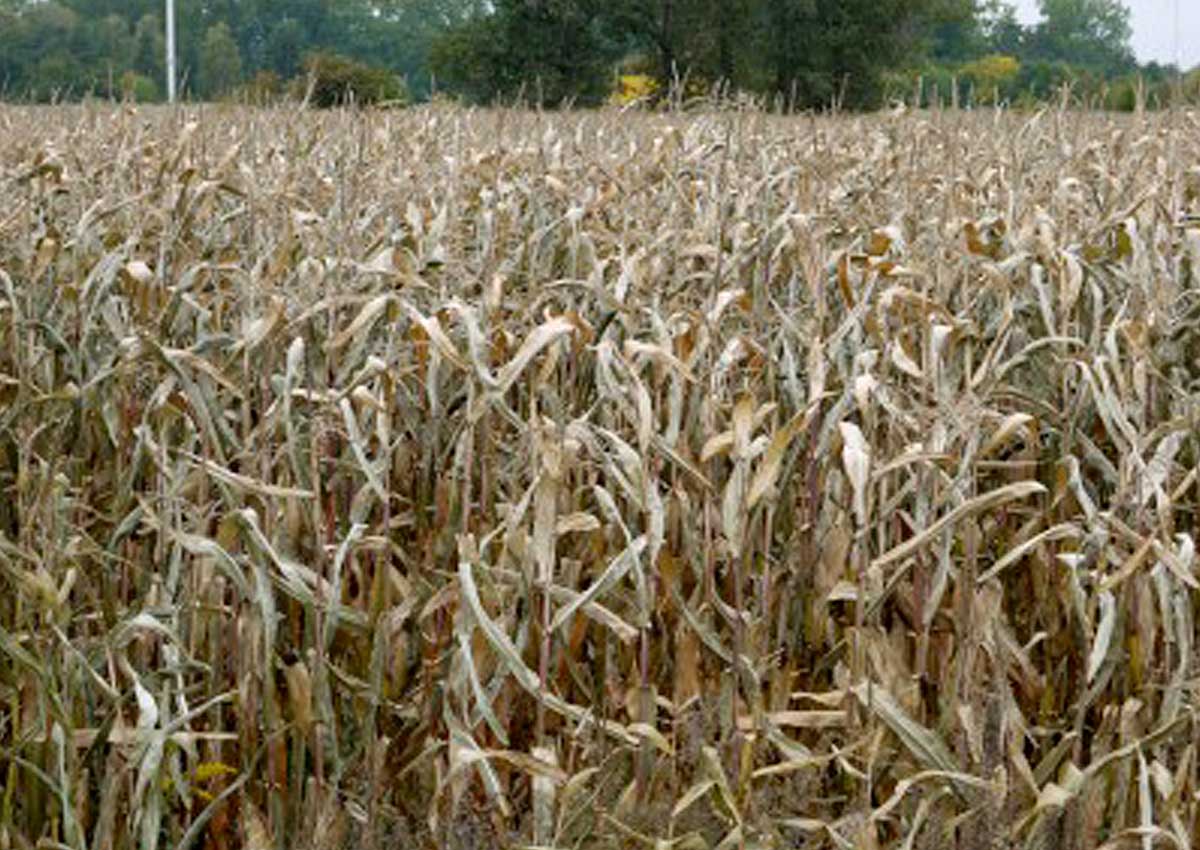
3. if the remaining plant is already "strawed", it can only be compacted with difficulty. This must be taken into account when storing in the silo. If necessary, ensilage in thin layers together with more in moisture maize plants.
4. dead plant parts are quickly contaminated by undesirable microorganisms (yeasts and moulds). As a result, the feed value and palatability of the silage decreases and the risk of heating up increases.
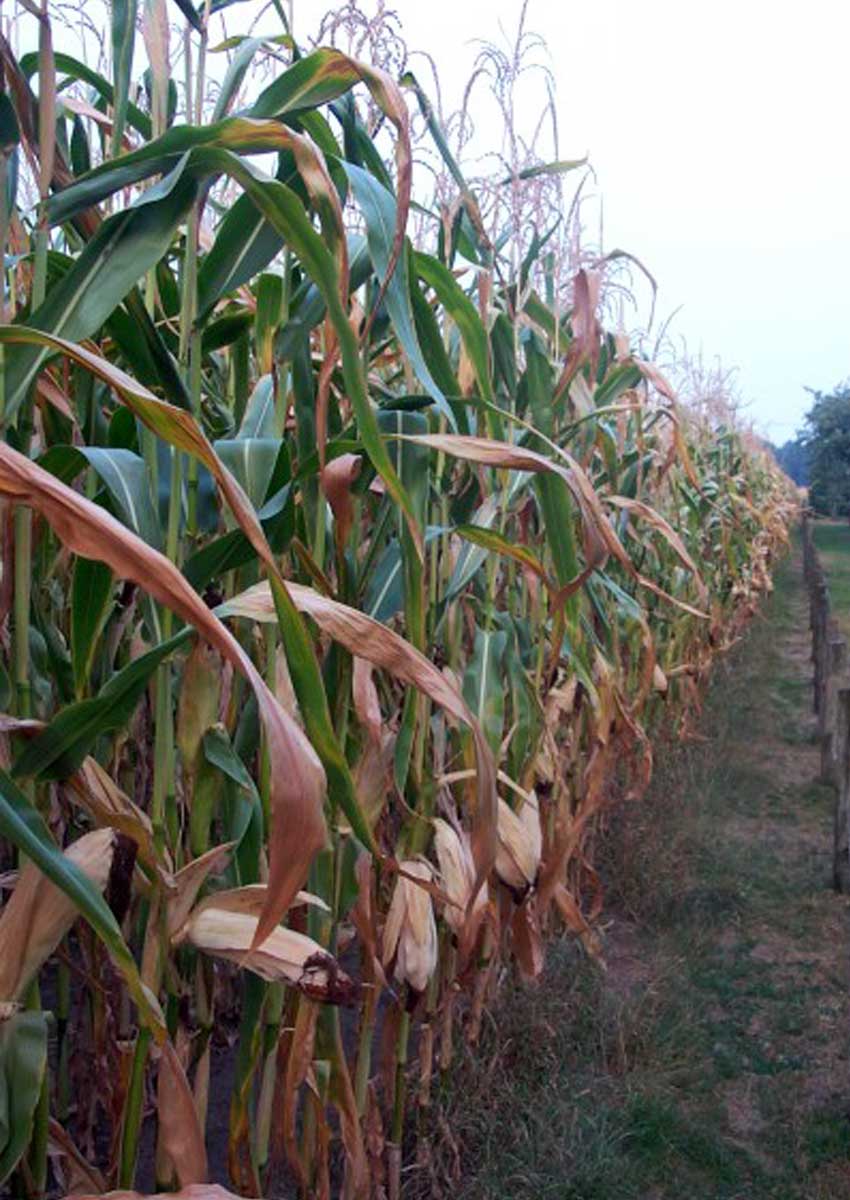
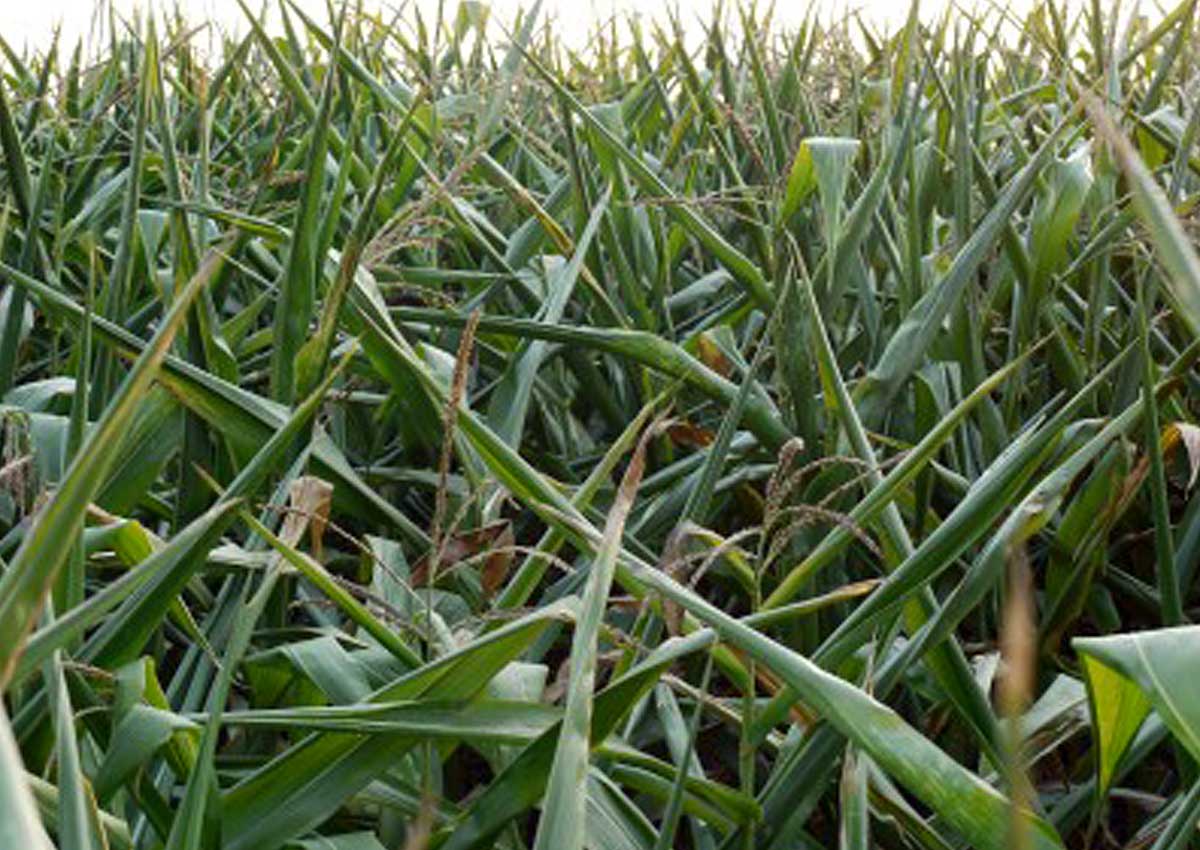
5. the following rules additionally apply to the ensiling of maize damaged by drought:
- Harvest more slowly, chop length < 5 mm
- Adjust harvesting speed to the rolling work, store thin layers (max. 20 cm layer thickness)
- If possible, ensile in thin layers together with moister plants
- Compact the clamp sufficiently, compaction > 230 kg DM / m2 (see table),
- Cover airtight (sub foil, silo foil, silo protection grid, etc.)
- place the silo so that the minimum feed rate is 1.5 m per week in winter and 2.5 m per week in summer
- Use of silage additives such as BioCool or PlantaSil